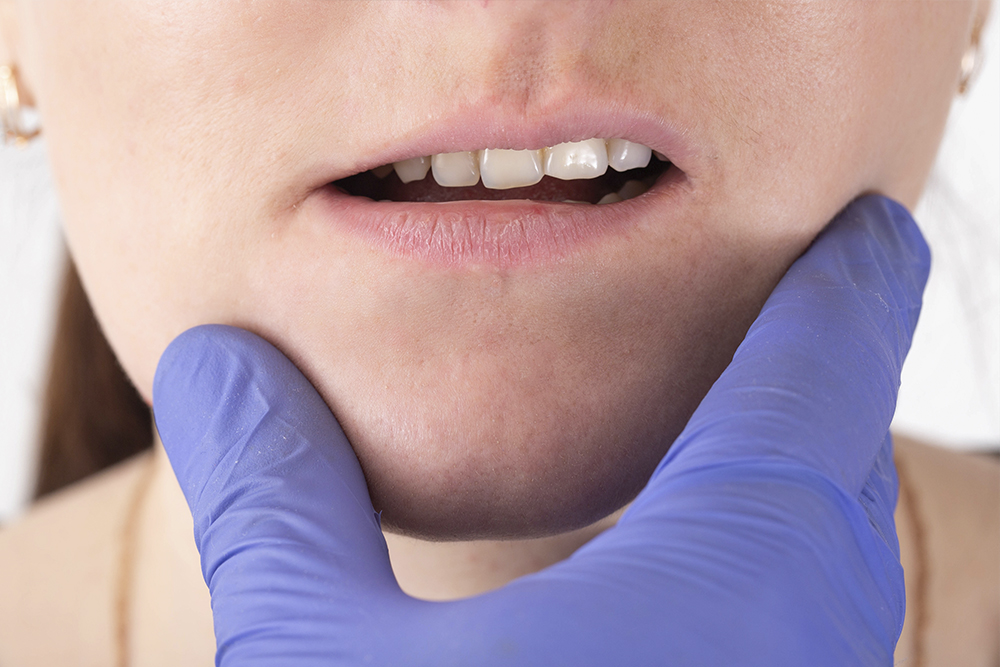Tipos de mordidas y cómo identificarlas
Cuando pensamos en patologías orales que la ortodoncia es capaz de resolver, normalmente son los problemas de alineación los que acuden a nuestra mente en primer lugar. Sin embargo, los problemas de mordida, muy comunes entre pacientes infantiles y pacientes adultos, suponen un gran problema estético y funcional que requiere la intervención de nuestro servicio de ortodoncia en Tarragona.
La importancia de una mordida correcta radica en su influencia en la composición del rostro, de la armonía facial y de las funciones del habla, de la masticación y de la respiración. Por lo tanto, cualquier anomalía en la mordida puede condicionarlas y provocar, además, molestias físicas (dolores de mandíbula, cabeza, cervicales, oído, entre otras).
Desde Clínica Dental Drs. Moreno-Montalvo, tu dentista en Salou y en Sant Pere i Sant Pau, te proponemos un repaso de los principales tipos de mordidas que existen, para que aprendas a identificarlos y sepas cuándo debes acudir a consulta. ¡Atento!
¿Qué tipos de mordidas existen?
La mordida es la forma en la que nuestras articulaciones ocluyen y encajan nuestras piezas dentales cuando cerramos la boca. En este cierre, existen en ocasiones anomalías que deben ser corregidas con los tratamientos odontológicos oportunos, siendo la ortodoncia el más efectivo y el más indicado en la mayor parte de los casos.
- Neutroclusión: este tipo de mordida interacciona con el molar en el momento de cierre y favorece el apiñamiento. Provocado por la falta de espacio, facilita la descolocación de las piezas dentales, generando dientes torcidos y superpuestos.
- Mordida cruzada: las piezas dentales superiores, en este caso, ocluyen en el centro de las piezas dentales inferiores.
- Mordida abierta: la arcada inferior y superior no logran unirse. Como subtipos, existen la modida abierta anterior (sin contacto entre incisivos), la mordida abierta posterior (sin contacto entre molares) y la mordida abierta completa (contacto solo entre los últimos molares).
- Sobremordida: sucede cuando el molar inferior está posicionado por detrás del molar superior. Esto genera que los incisivos estén superpuestos a los de la parte inferior.
- Submordida: el primer molar inferior se sitúa delante del superior, provocando que las piezas dentales superiores queden retraídas. A su vez, este tipo de mordida se subdivide en mordida cruzada, mordida cerrada y resalte.
La intervención del odontólogo será crucial para devolver, en todos estos casos, la estética y la funcionalidad óptima a la sonrisa. Si te sientes identificado con cualquiera de estos síntomas, no lo dudes. Pide cita con tu dentista de confianza en Tarragona y obtén una valoración personalizada.




Sorry, the comment form is closed at this time.